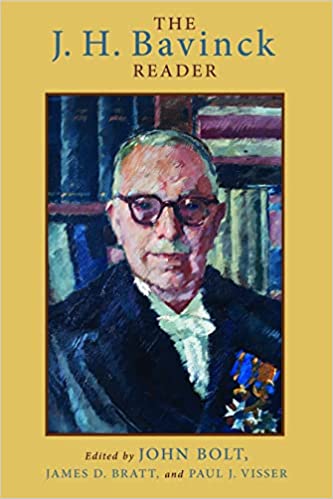A Brief Book Summary from Books At a Glance
by Steve West
Introduction
J. H. Bavinck was one of Dutch Calvinism’s most influential missiologists of the twentieth century. This book collects some of his key writings, as well as provides an introduction to his life and thought (written by Paul Visser). Bavinck had special awareness of Asian religions (especially in Java), and the writings in this book work through issues of revelation, religious consciousness, and Christianity.
Table of Contents
Introduction: The Life and Thought of Johan Herman Bavinck (1895-1964), by Paul J. Visser
Chapter 1 General Revelation and the Non-Christian Religions
Chapter 2 Proclaiming Christ to the Nations
Chapter 3 Defining Religious Consciousness: The Five Magnetic Points
Chapter 4 Debating Religious Consciousness: Natural Religion?
Chapter 5 Religious Consciousness in History
Chapter 6 Religious Consciousness and Christian Faith
Chapter 7 God and the World
Chapter 8 Microcosm and Macrocosm
Chapter 9 The World-Order
Chapter 10 The Mysterious Drama of Human Life
Chapter 11 The Way of Deliverance
Summary
Chapter One: General Revelation and the Non-Christian Religions
The church fathers rejected pagan religious myths, but many of them were quite positive about Greek philosophy. Justin Martyr and Clement of Alexandria believed that the divine Logos scattered truth throughout philosophy and prepared the Gentiles for Christ. They believed that this truth-scattering occurred through general revelation. Aquinas argued that missionaries should build on what can be known from general revelation and then move to the content of special revelation: this paradigm has dominated subsequent missions. Greater level of exposure to Eastern religions led Western missionaries and theologians to question how much of these other religions were evil, and how much represented points of contact with truth. Could people worship the true God through their imperfect religions? Too often this question was approached anecdotally, rather than biblically and theologically. Many missionaries began to report that there were wonderful and noble elements in other religions. The question was whether general revelation as interpreted by other religions was able to lead people closer to God. Instead of rejecting everything in other religions as Satanic, some began to believe that these religions could produce some good effects in society, and that they may contain elements of truth that could lead people toward Christ. Romans 1 indicates that there is general revelation, and that it does reach every person, causing them to have religious ideas. Although people pervert this revelation into idolatry, there are still some blessings that can flow out of it. Non-Christian religions may produce a better society than a godless secular atheism. No matter how many elements of beauty and truth exist in other religions, however, they are still backsliding away from God, suppressing his truth and exchanging his glory. There is a great void between Christianity and all other religions. Even when elements of truth are found in non-Christian religions, they are twisted and very different from the ultimate truth of Christ. Where there are points of contact, Christians need to move from shared vocabulary to teaching Christian content, correcting erroneous notions with the truth. . . .
[To continue reading this summary, please see below....]The remainder of this article is premium content. Become a member to continue reading.
Already have an account? Sign In
